MD Reveals the Kitchen Staple That Outsmarts Painful Kidney Stones For Pennies
Simply squeezing a lime into your water could be your ticket to dodging kidney stone pain
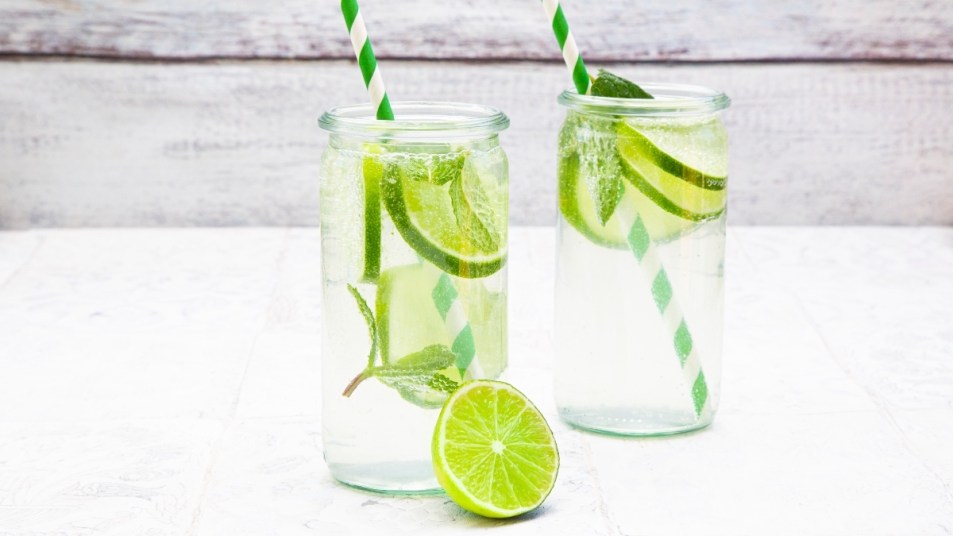
If you’ve ever had a kidney stone, you know the pain is no joke. In fact, a report out of the National Kidney Foundation revealed that over half a million people a year end up in the emergency room for kidney stone problems. The good news: There are natural ways to both prevent kidney stones from ever forming and shrink existing ones before they become problematic. And one of the best home remedies is likely already in your kitchen: lime juice.
The role your kidneys play in filtering wastes
Your two kidneys are vital components of your urinary system. The bean-shaped organs, located on either side of your spine, filter waste from your blood and send the byproducts in the form of urine through to your bladder. Healthy kidneys filter through about 1/2 cup of blood every minute, removing the wastes and extra water to make urine, according to the National Institute of Diabetes and Digestive and Kidney Diseases. The urine flows from the kidneys to the bladder via your ureters, which are two thin tubes of muscles located on each side of the bladder.
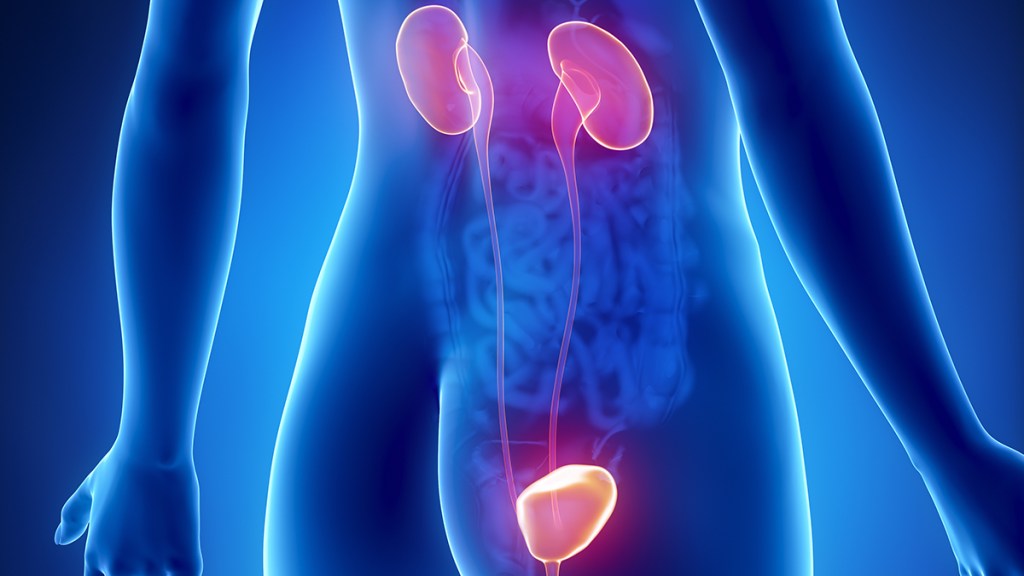
Your kidneys help control blood pressure, make red blood cells, and regulate electrolytes such as sodium, calcium, and potassium.
How kidney stones form
Kidney stones are solid, pebble-like deposits that form in the kidney and may be passed down the ureters into the bladder. The stones are typically comprised of minerals and acid salts, and can form if the dissolved wastes in your urine outweigh the amount of liquid available to the kidneys. There are four main kinds of stones, but about 80% of kidney stones are calcium-based, reports the American Urological Association. The less common types of kidney stones are uric acid, struvite, and cystine.
“If the urine that contains calcium oxalate isn’t diluted with enough water, then you can get crystals that form in the kidneys,” explains nephrologist Holly Kramer, MD, MPH, a professor of public health sciences and medicine at Loyola University Chicago and a spokesperson for the National Kidney Foundation.
After a kidney stone is formed, it may remain in the kidneys for years. And if it doesn’t cause pain or discomfort, you’ll likely never even know it’s there. Sometimes, a smaller kidney stone (up to 5 mm) can move out of the kidney and pass through your urine with little to no pain and no medical intervention. But if the stone is larger than 5 mm, it can cause severe pain when it migrates into the ureter and requires a trip to your doctor to help remove or pass it. “The ureters have lots of nerve cells in them, so the passing of kidney stones is very, very painful,” explains Dr. Kramer.
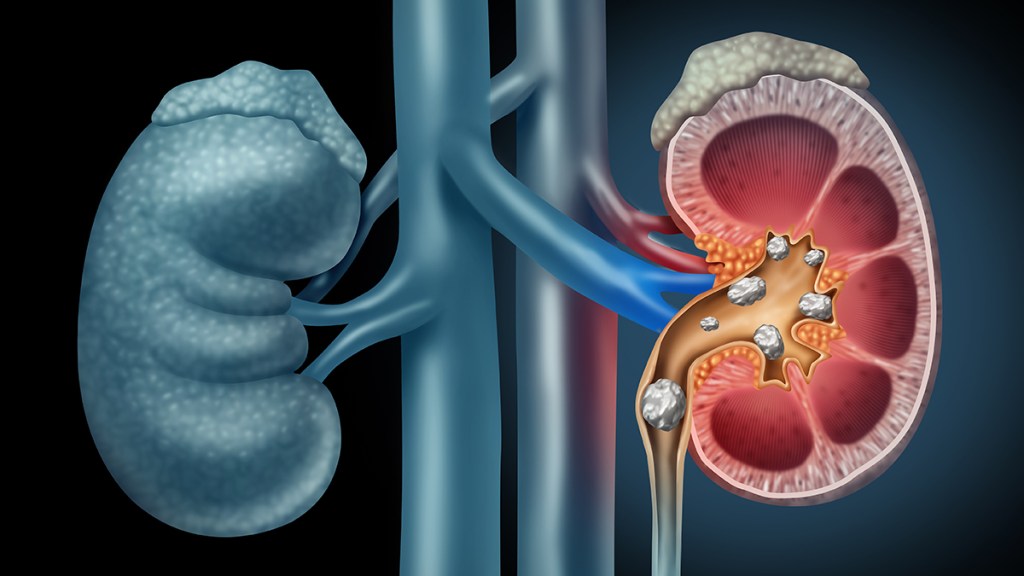
You can also experience pain from a kidney stone if it gets stuck in the ureter. Why? The ureter reacts by doubling down on the stone in an attempt to squeeze it out, causing uncomfortable spasms. And if the stone blocks the flow of urine, it can create extra pressure in the kidneys.
Who is at risk of developing kidney stones
Up to 6% of women and 11 % of men will develop a kidney stone in their lifetime. And folks who’ve had even just one kidney stone have a 50% risk of developing another within the next 5 to 7 years. Who else is at risk? “People who have a family history of kidney stones, are diabetic, obese, have parathyroid disorders such as primary hyperparathyroidism, and menopausal women are all at a higher risk,” Dr. Kramer notes.
The parathyroid glands play a vital role in regulating the levels of calcium in the blood. “If these glands are overactive, it can lead to higher levels of calcium getting filtered by the kidneys into your urine, which increases the risk of calcium-based kidney stones,” explains Dr. Kramer. And insulin resistance in people with diabetes or who are obese can lead to higher amount of acid in the urine. This can result in the creation a uric acid kidney stone.
How lime juice thwarts kidney stones
Research has shown that lime juice, or water infused with the juice, has the ability to keep kidney stones at bay. Here’s how:
Lime juice contains antioxidants that block kidney stone formation
Lime juice’s citric acid plays a large role in kidney stone treatment and prevention, says registered dietitian and nutritionist Samantha Coogan, MS, RDN, program director of the Didactic Program in Nutrition and Dietetics at the University of Nevada, Las Vegas School of Integrated Health Sciences.
“Citric acid is an antioxidant that helps raise levels of citrate, the salt form of citric acid,” says Coogan. “Citrate forms salt compounds and binds to minerals in the urine that can form stones to either help pass the stone or prevent it entirely.”
The citrate in lime juice also helps make urine more alkaline, says Coogan. This prevents excess acid in the urine that causes new stones to form and existing stones to grow larger. In fact, research in the journal Cochrane Database System Review found citrate significantly reduces the size of kidney stones.
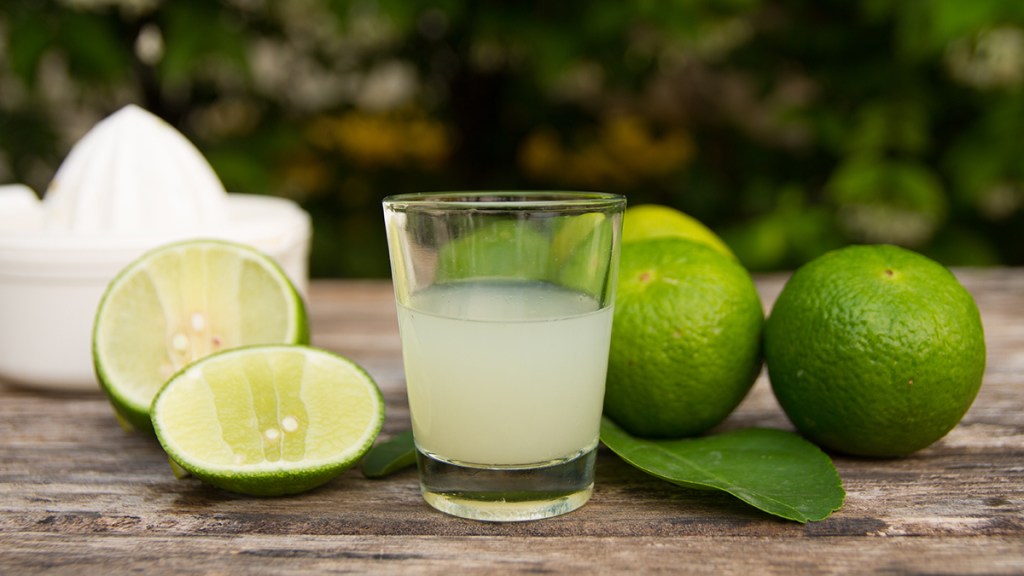
Drinking lime juice encourages fluid intake to ward off kidney stones
One of the easiest ways to prevent kidney stones is by getting enough fluids. “The biggest risk of kidney stones is having a low fluid intake,” says Dr. Kramer. Water dilutes the substances in urine that lead to stones, preventing crystals from clustering together. And adding a squeeze of lime to your H2O or cup of tea only enhances the hydrating benefits.
“Adding lime juice to the water will provide benefit because it’s high in citric acid, a natural stone inhibitor,” says Dr. Kramer, who suggests people with a history of kidney stones drink at least 12 cups of water daily. And lime juice adds a refreshing zing to a plain glass of water. That’s key for staying hydrated, since 39% of folks say water’s unappealing flavor is why they don’t drink as much as they should. (Click through to discover the benefits of having a motivational water bottle.)
Drinking enough water also helps produce more urine. And research in the Journal of Urology suggests folks who produce at least 2 to 2.5 liters of urine (the amount you’d make from drinking about 10 8-oz. glasses of water), were up to 56% less likely to develop kidney stones than those who drank less.
What’s more, upping your fluid intake flushes out stone crystals and any infection-causing bacteria, such the kind that causes as a urinary tract infection (UTI). Why that’s key: A study in the World Journal of Urology found UTI-causing bacteria was linked to an increased risk of struvite kidney stones. (Click through to learn the symptoms of a silent UTI.)
The best way to drink lime juice
Many health practitioners recommend drinking lime juice first thing in the morning on an empty stomach to help cleanse the liver and the kidneys of the toxins that may have accumulated overnight. Most folks prefer to mix a tablespoon of lime juice into a full glass of water for a lime water drink. Lime juice is also delicious mixed into sparkling water for a little morning mocktail. For more on how to get all the juice out of lime, check out this video:
5 more natural remedies for kidney stones
While it’s true that lime juice is good for kidney stones, it’s not the only home remedy that can help. To shrink existing kidney stones and keep future ones from forming, consider adding one (or more!) of these easy natural fixes to your daily routine.
1. Try an apple cider vinegar “shot”
“Since apple cider vinegar contains acetic acid, it could be beneficial in preventing kidney stone recurrence by dissolving the stone,” says Coogan. She suggests taking 1 to 2 Tbs. a day diluted in water. “Usually 2 parts water for every 1 part of apple cider vinegar is a good dilution ration,” Coogan says. Watering down apple cider vinegar protects teeth enamel from erosion and also lessens the sour taste. Not a fan of drinking ACV? Consider a gummy instead. One to try: HUM Pro ACV Gummies (Buy from Amazon.com, $26). (Click through to see how following the Eat Like a Bear diet and taking apple cider vinegar helps you drop up to 17 lbs.)
2. Shore up your magnesium levels
Magnesium, a vital nutrient that helps support your nerves, muscles and bones, is also a natural stone inhibitor, says Dr. Kramer. The mineral binds to oxalate in your digestive system and helps reduce oxalate binding to calcium. This noticeably lowers the odds of calcium-oxalate stones forming. Foods high in magnesium include nuts, seeds, fatty fish, dark chocolate, avocados, dark leafy greens, and whole grains, says Coogan. The National Institutes of Health recommends between 310-320 mg. of magnesium a day for women and 400-420 mg. a day for men.
Although Coogan says it’s better to get your magnesium through food, a supplement can also help. “The type most suitable for kidney health would be magnesium citrate. This is due to citrate’s role in urinary crystallization and its ability to bind to calcium to either help pass or prevent a stone,” she says. Proof it works: Research in Biophysical Reviews suggests supplementing with magnesium citrate daily cuts kidney stone risk by up to 80%.
Coogan advises if you’re going the supplement route, take no more than 250 mg. a day. She suggests the brand Nature Made, which is USP verified. Try: Nature Made Magnesium Citrate 250 mg. Softgels (Buy from CVS.com, $15.99).
3. Dig in your garden
You don’t have to engage in high or even moderate intensity exercise to improve your kidney health. Even gentle exercise like strolling around the block or gardening improves blood flow so the kidneys can flush wastes before they form crystals. The proof: A University of Washington School of Medicine study found partaking in any type of light physical activity reduces the risk of kidney stones up to 31%. Study authors say you can get the benefit with about three hours of relaxed walking (2-3 mph) or four hours of light gardening a week.
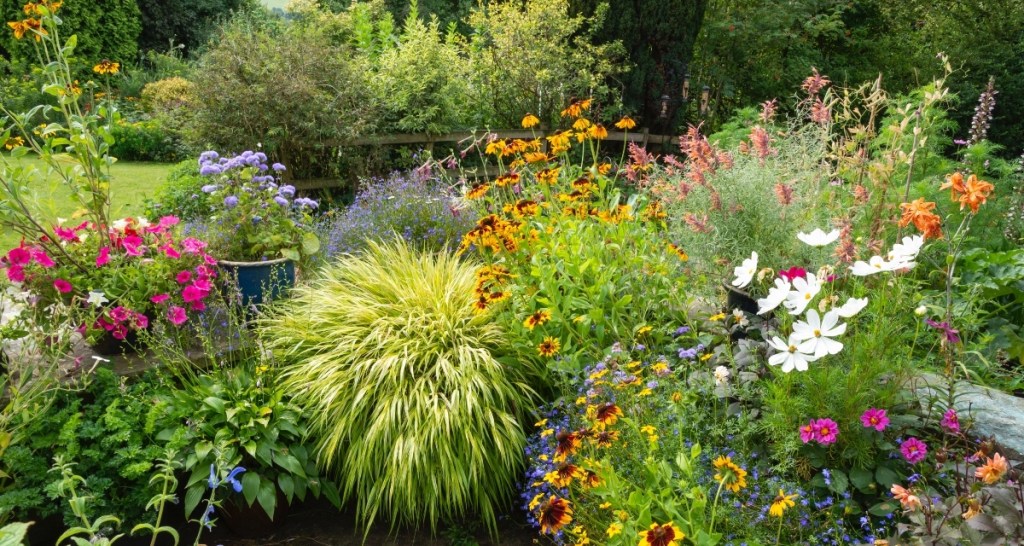
4. Consider sipping wheatgrass juice
Wheatgrass juice may be a trendy health drink, but sipping it is also a natural way to fend off kidney stones. It increases urine flow, which may help pass stones more quickly and easily, says Coogan. It also helps stop kidney stones from forming in their tracks. A study in the European Journal of Pharmaceutical and Medical Research found wheatgrass extract inhibited the growth of kidney stone crystals by 88% during the initial formation.
Since wheatgrass can have a bitter, earthy flavor, try adding 2 tsp. of wheatgrass powder to your favorite smoothie or mixed juice recipe. One to try: Terrasoul Superfoods Organic Wheatgrass Juice Powder (Buy from Amazon.com, $14.99)
5. Get a good night’s sleep
One more reason to cozy up under the covers a little longer: A study in Sleep Health found people who sleep at least 7 to 9 hours a night are up to 20% less likely to have kidney stones than those who sleep less. And research in the Journal of Clinical Sleep Medicine found getting adequate amounts of sleep can also help decrease the risk of developing chronic kidney disease. (Stress keeping you up? Click through to our sister publication to see how an herbal extract called affron improves sleep.)
Read on for more natural ways to keep your kidneys healthy:
- Chronic Kidney Disease Affects One in 7 Us Adults — Here’s How To Avoid It
- This Floral Supplement May Protect Your Kidneys and Stop Inflammation in Its Tracks
- 11 Delicious Calcium-Rich Foods That Will Help You Prevent Kidney Stones
- The Best Natural Kidney Stone Treatments, According to MDs
This content is not a substitute for professional medical advice or diagnosis. Always consult your physician before pursuing any treatment plan.













